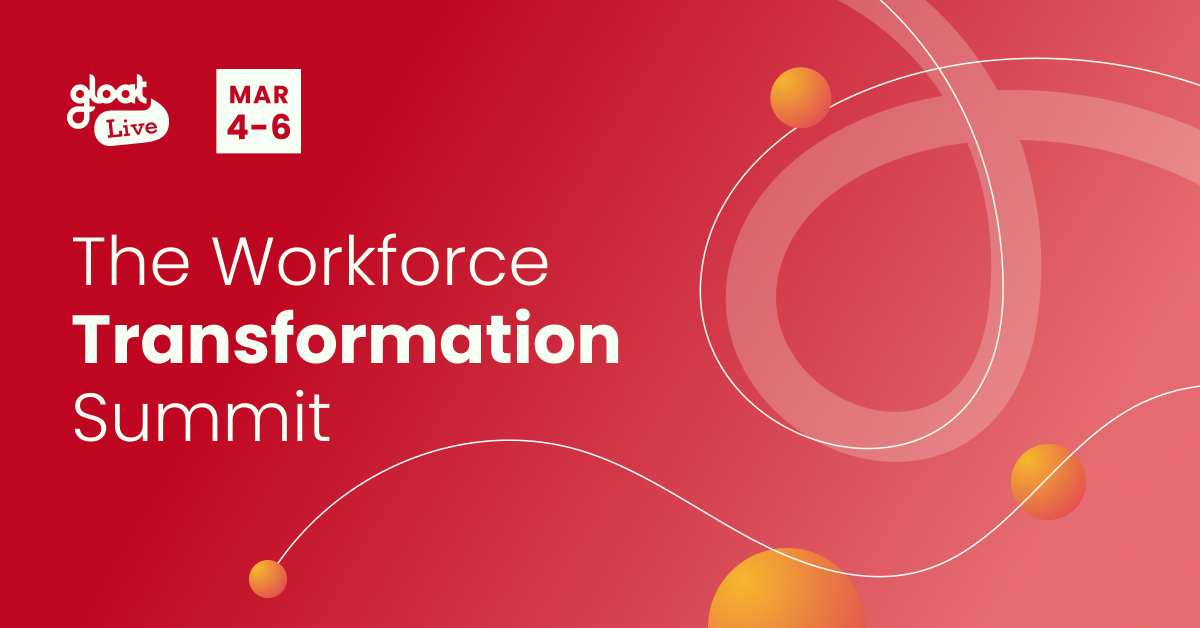How to reduce employee burnout with a talent marketplace
3 Steps to empower your people to protect and restore their energy

COVID-19 and the shift to hybrid work exacerbated an underlying epidemic that poses a serious threat to workplaces everywhere: burnout. While chronic stress levels were inching upwards before 2020, the pandemic set an unparalleled surge into motion. Nearly two-thirds of employees believe that burnout has worsened over the past year, with almost half of workers noting that they are currently experiencing it.
Many leaders are connecting the dots and recognizing the role workplace burnout plays in fueling the Great Resignation. The rise in remote working has blurred the lines between personal and professional life, creating an “always-on” mentality that makes it difficult for people to disconnect. As a result, workdays stretch on an average of 48.5 minutes longer, and weekly meeting time has increased 252% since last February.
With turnover spikes showing no signs of slowing down, most executives are eager to reduce stress levels and empower employees to achieve better work-life balances. But when it comes to reducing burnout, there’s a lot of uncertainty about what it takes to put a stop to it once and for all.
What is workplace burnout?
Workplace burnout can be described as the extinction of motivation or devotion, especially when an employee’s dedication to their role doesn’t produce the results they desired. Contrary to popular belief, it’s not the same thing as feeling stressed from time to time. It’s actually a much bigger problem that causes employees to lose not only their motivation but their passion and enthusiasm for the work they do.
Generally, there are three symptoms of workplace burnout: a lack of motivation, a lack of fulfillment, and a sense of inefficacy. The World Health Organization—which went so far as to classify burnout as an “occupational phenomenon”—describes it as a “state of vital exhaustion”.
Unfortunately, it’s a sentiment that workforces are becoming increasingly familiar with. 77% of employees reported experiencing burnout at their current workplace and 91% agree that they have an unmanageable workload.
What are the dangers of workplace burnout?
Much like other epidemics, the consequences of workplace burnout can be devastating when left untreated. Job stress is estimated to result in approximately 120,000 deaths and almost 190 billion in healthcare costs each year.
Some of the top dangers of workplace burnout include:
- Decreases in engagement
When employees are stressed and struggling to keep up with a never-ending array of daily tasks, they won’t be able to engage in the work they’re doing. Over time, output levels will begin to stall, as research shows that engaged employees are more productive than their less motivated counterparts. - An uptick in exhaustion
As the World Health Organization describes, employees who are burnt out will inevitably begin to experience exhaustion. Once fatigue sets in, workers will become 63% more likely to take a sick day and exhibit 13% lower confidence in their performance when compared to their peers who are less stressed. - Soaring turnover rates
According to Anthony Klotz, the business administration professor who coined the term “Great Resignation”, “Burnout is one of the key predictors of turnover.” There’s plenty of research to support this statement, including a study that found that burnt-out employees are 2.6 times more likely to be actively seeking a different job.
3 steps leaders can take to reduce burnout
If you want to minimize workplace burnout, here are a few steps you can take to prevent chronic stress from setting in:
#1. Let employees take charge of their development
When it comes to reducing workplace burnout, there’s one factor that leaders tend to overlook: autonomy. As Daniel Pink explained at Gloat Live 2021, burnout happens when employees experience a high level of challenge at work but lack decision-making power. In contrast, workers who get more sovereignty enter what Pinks refers to as “flow”, or being so absorbed in something that you lose track of time.
Want to make flow a reality at your workplace? Rather than outlining what steps employees should take to advance their careers, put workers at the helm of their professional progression. Dynamic career pathing tools enable employees to explore different horizontal and vertical growth opportunities, so they can choose a trajectory that aligns with their goals and your business needs.
#2. Embrace pixelation
The fact that workforce pixelation is going mainstream is good news for burnout. Instead of breaking down work into jobs, deconstructing it into smaller projects can help keep employee workloads manageable. When someone begins feeling overwhelmed or is going beyond their capacity, leaders can create tasks and gigs to minimize fatigue and evenly disperse responsibilities.
Once work and workplaces are deconstructed into pieces, they need a mechanism that enables these segments to move and organize fluidly. This is where a talent marketplace comes into play. The technology matches employees to projects based on their skills, ambitions, and capacity.
#3. Take advantage of mentoring
Too many organizations overlook mentoring programs as a powerful tool to combat workplace burnout. Employees who are matched with a colleague with relevant skills and expertise will have someone they can check in with, bounce ideas off of, and reach out to when they’re feeling overwhelmed. Research confirms that launching a mentoring program reduces instances of employee stress.
To maximize mentoring’s burnout-busting benefits, leaders must ensure mentee-mentor pairings are rooted in shared ambitions and complementary skills. Rather than looking to job titles to match employees, talent marketplaces generate mentoring suggestions that take your people’s goals and interests into account, giving everyone the chance to participate in meaningful co-learning experiences.
Rising burnout levels will continue to wreak havoc on retention levels and employee morale—unless leaders start taking action now.




